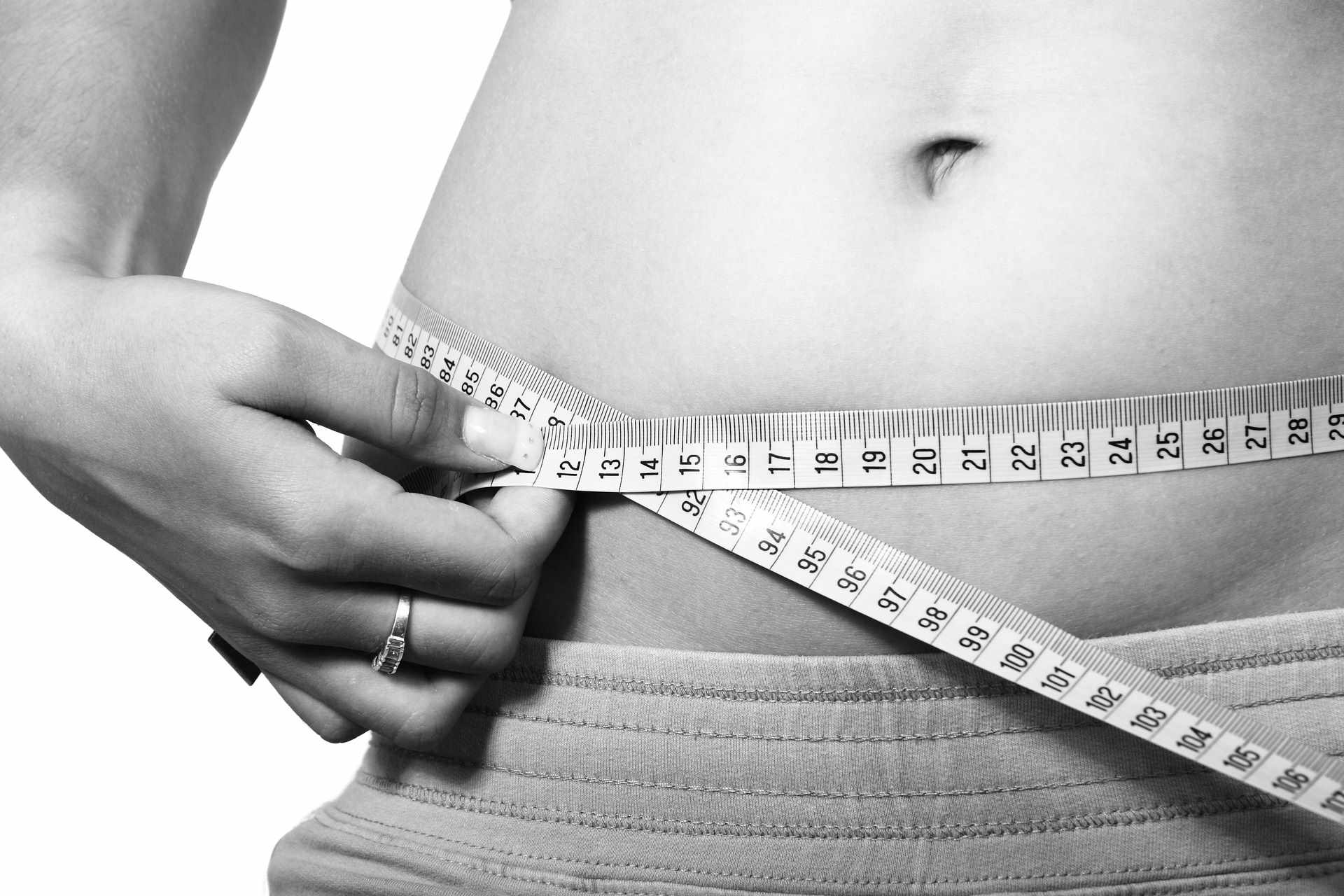Liposuction: Understanding the Popular Cosmetic Surgery Procedure
Liposuction is a widely sought-after cosmetic surgery procedure designed to remove excess fat deposits from specific areas of the body. This technique has gained popularity due to its ability to contour and reshape various body parts, helping individuals achieve their desired aesthetic goals. As a surgical intervention, liposuction requires careful consideration and professional medical guidance to ensure safe and effective results.

The procedure typically uses a tumescent solution, which is injected into the treatment area to minimize bleeding and facilitate fat removal. Advanced technologies like ultrasound-assisted liposuction (UAL) or laser-assisted liposuction may also be employed to enhance the effectiveness of fat removal and improve skin tightening.
What are the most common areas treated with liposuction?
Liposuction can be performed on multiple areas of the body where stubborn fat tends to accumulate. Some of the most common treatment areas include:
-
Abdomen and waistline
-
Thighs (inner and outer)
-
Hips and buttocks
-
Arms (particularly the upper arms)
-
Back and bra roll area
-
Chin and neck
-
Chest (particularly in men with gynecomastia)
It’s important to note that liposuction is not a weight-loss solution but rather a body contouring procedure. It is most effective for individuals who are at or near their ideal body weight but struggle with localized fat deposits that are resistant to diet and exercise.
What are the potential risks and side effects of liposuction?
As with any surgical procedure, liposuction carries certain risks and potential side effects. While complications are relatively rare when performed by a board-certified plastic surgeon, patients should be aware of the following:
-
Bruising and swelling: These are common temporary side effects that typically subside within a few weeks.
-
Numbness or changes in sensation: Some patients may experience temporary or, in rare cases, permanent changes in skin sensation.
-
Contour irregularities: Uneven fat removal can result in bumpy or wavy skin appearance.
-
Infection: Although uncommon, there is a risk of infection at the incision sites.
-
Fluid accumulation: Seromas (pockets of fluid) may form and require drainage.
-
Blood clots: In rare cases, deep vein thrombosis or pulmonary embolism may occur.
-
Adverse reaction to anesthesia: Some patients may experience complications related to anesthesia.
It’s crucial for patients to discuss these risks with their surgeon and follow all pre- and post-operative instructions to minimize potential complications.
How does liposuction compare to other body contouring procedures?
Liposuction is one of several body contouring procedures available in cosmetic surgery. Here’s how it compares to some other popular options:
| Procedure | Target Area | Invasiveness | Recovery Time | Results |
|---|---|---|---|---|
| Liposuction | Localized fat deposits | Minimally invasive | 1-2 weeks | Immediate, with final results visible after swelling subsides |
| Abdominoplasty (Tummy Tuck) | Excess skin and fat in abdominal area | Invasive | 2-4 weeks | Dramatic improvement in abdominal contour |
| CoolSculpting | Small areas of stubborn fat | Non-invasive | No downtime | Gradual fat reduction over 2-3 months |
| Laser Lipo | Small to medium areas of fat | Minimally invasive | 3-5 days | Immediate, with continued improvement over time |
Prices, rates, or cost estimates mentioned in this article are based on the latest available information but may change over time. Independent research is advised before making financial decisions.
The choice between these procedures depends on various factors, including the amount of fat to be removed, skin elasticity, overall health, and individual goals. A consultation with a board-certified plastic surgeon can help determine the most appropriate treatment plan.
What should patients expect during the recovery process?
Recovery from liposuction varies depending on the extent of the procedure and the individual’s healing capacity. Generally, patients can expect the following:
-
Initial recovery: Most patients can return to work within a few days to a week, depending on the nature of their job.
-
Compression garments: Wearing compression garments for several weeks helps reduce swelling and promote skin retraction.
-
Pain management: Mild to moderate discomfort can be managed with prescribed pain medication.
-
Swelling and bruising: These typically peak within the first week and gradually subside over several weeks.
-
Limited activity: Patients should avoid strenuous activities for 2-4 weeks.
-
Final results: While some improvements are visible immediately, final results may take 3-6 months as swelling fully subsides and skin tightens.
Patients should follow their surgeon’s post-operative instructions carefully to ensure optimal healing and results.
In conclusion, liposuction remains a popular and effective cosmetic surgery option for individuals seeking to refine their body contours. By removing stubborn fat deposits, this procedure can help achieve a more sculpted appearance in various body areas. However, it’s essential to approach liposuction with realistic expectations and a clear understanding of the procedure’s limitations, risks, and recovery process. Consulting with a qualified plastic surgeon is crucial for determining if liposuction is the right choice for your individual needs and goals.
This article is for informational purposes only and should not be considered medical advice. Please consult a qualified healthcare professional for personalized guidance and treatment.






